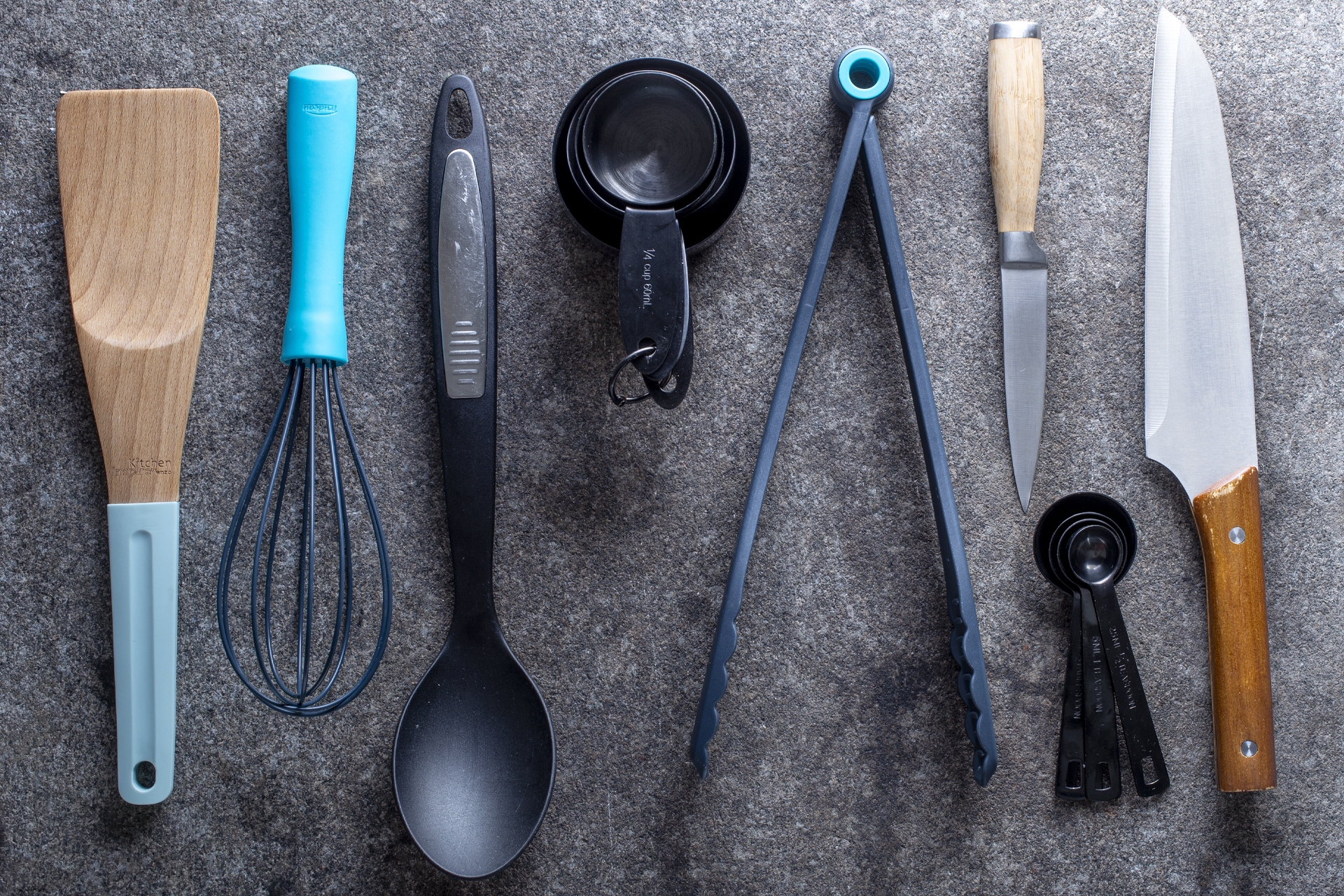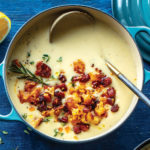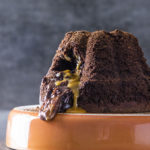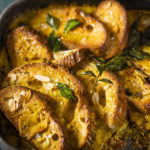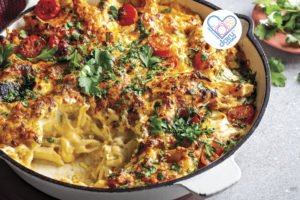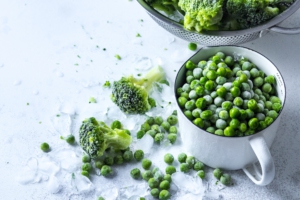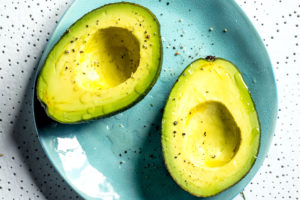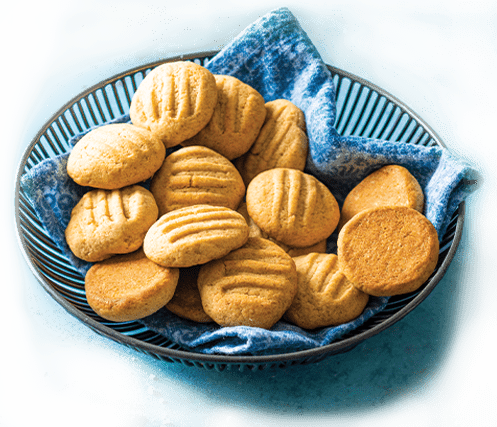Ever gone through a recipe or cookbook and have absolutely no idea what is being said and what the terms mean? We’ve cracked the code, just for you!
1. Sauté
This is a low and slow type of frying. The pan should be preheated over medium heat before adding ingredients. Once added, occasionally stir and be patient. Sautéing onions, for example, should take between 10-12 minutes, gradually going from white to translucent to brown.
2. Stir-fry
Not to be confused with sautéing. This is essentially cooking over very high heat. Stir-frying is a method that literally requires you to keep stirring or moving vegetables or meat in the pan to prevent them from burning. It’s best to work in batches to avoid steaming or stewing your vegetables as you want them to be cooked through but remain crisp.
3. Blanch
This is quickly cooking an ingredient in boiling water until just tender. You should always “refresh” vegetables immediately by draining or removing with a slotted spoon and plunging into ice water. This stops the cooking process and ensures the vegetables retain its colour.
4. Simmer and rolling boil
These terms are both needed for different functions. Heating liquid until it just starts to bubble is referred to as simmering. It’s ideal when cooking to soften, much like in a stew. A rolling boil is when liquid bubbles rapidly and works great for cooking pasta, for example.
5. Score
This refers to slicing the surface of an ingredient to create a slit, but not all the way through. It’s often done repeatedly to create a criss-cross effect. A recipe might call for you to score pork rind or pastry, for example. This helps with even and quicker cooking and can help crisp up ingredients, or in case of pastry, create a border.
6. Poach
A great way to cook without having excess oil. Poaching is the method of cooking by simmering ingredients (like chicken or fish) in a small amount of liquid until cooked through.
7. Cream
This term is generally found in baking techniques and recipes, mostly when combining butter and sugar. Essentially what this means is that you are working both ingredients together to form one mixture (usually to a paste-like consistency). In baking, this ensures the sugar particles are evenly distributed and incorporated into the batter.
8. Sear
This is the art of cooking protein in an almost smoking-hot pan or pot to develop a brown, caramelised crust on the meat, fish or chicken. The aim is not to cook all the way through, but just to brown the outside. It’s crucial not to overcrowd the pan or pot when searing, as the ingredient may release liquid. If the pan is too crowded, the contents will steam instead of browning.
9. Wilt
Adding a leafy vegetable to gently heat and simply allowing it to soften, not cook or go grey-brown. Recipes often call for spinach to be “wilted” which takes about 30 seconds in a hot pan. When adding to soups and stews, the residual heat of the dish will wilt the leaves, so add just before serving after heat is turned off.
No more confusion when reading recipes with terminology you can’t understand. Have more terms you can’t decipher or need more clarity on? Ask us on our Instagram page @freshliving_pnp. We’ve got you covered.

